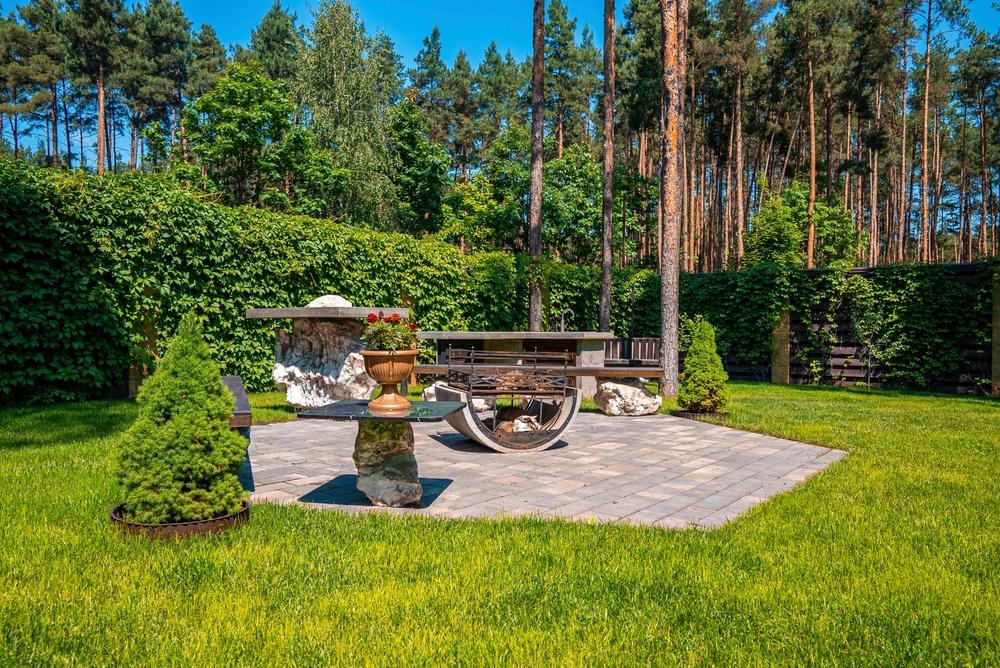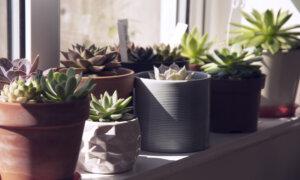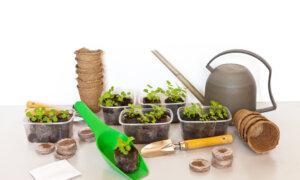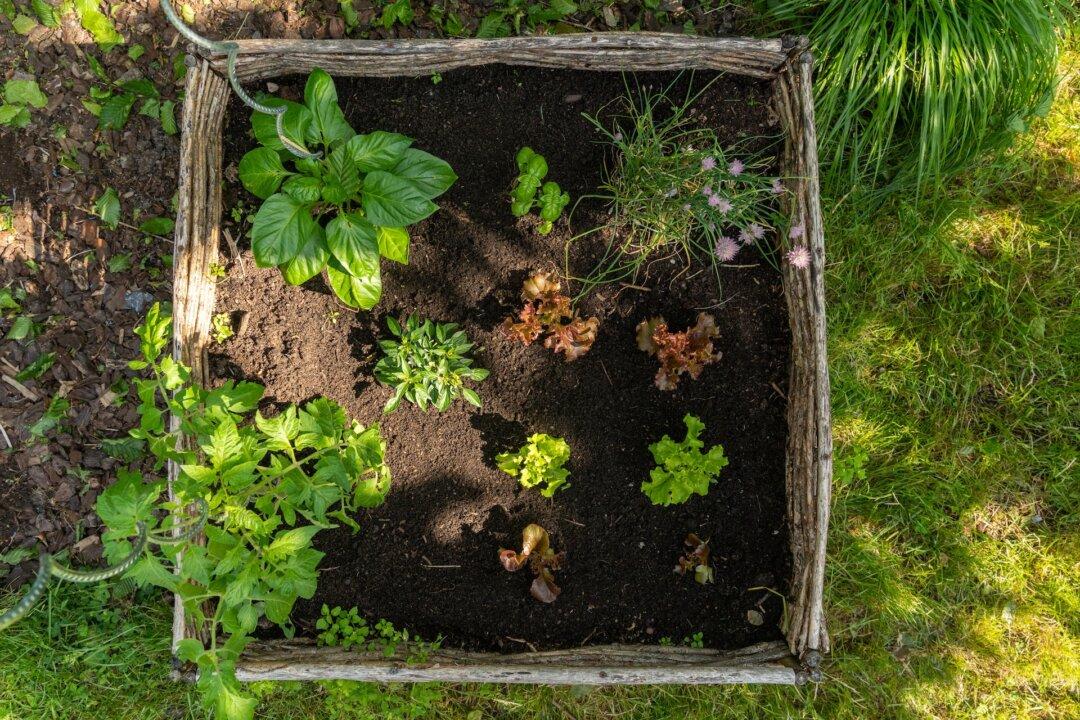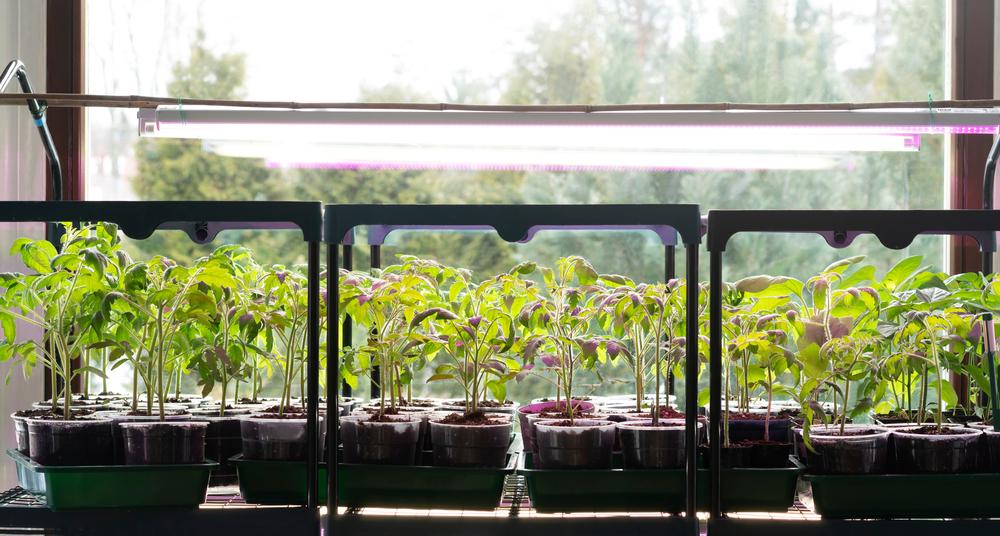Wood fences have long been the standard when it comes to “good fences make good neighbors,” followed by vinyl, composite, masonry, and metal. While they do their job well, they are often subject to local ordinance height restrictions (usually 4 feet in front of the house line and 4 to 6 feet elsewhere), do little to suppress noise, don’t provide enhanced security (a fence can be scaled, hedges not so much), and often have a higher initial cost when compared to plants, particularly if one is willing to start with smaller specimens and let them grow in.
Additionally, hedges provide color, texture, and visual interest and can act as a haven for wildlife.
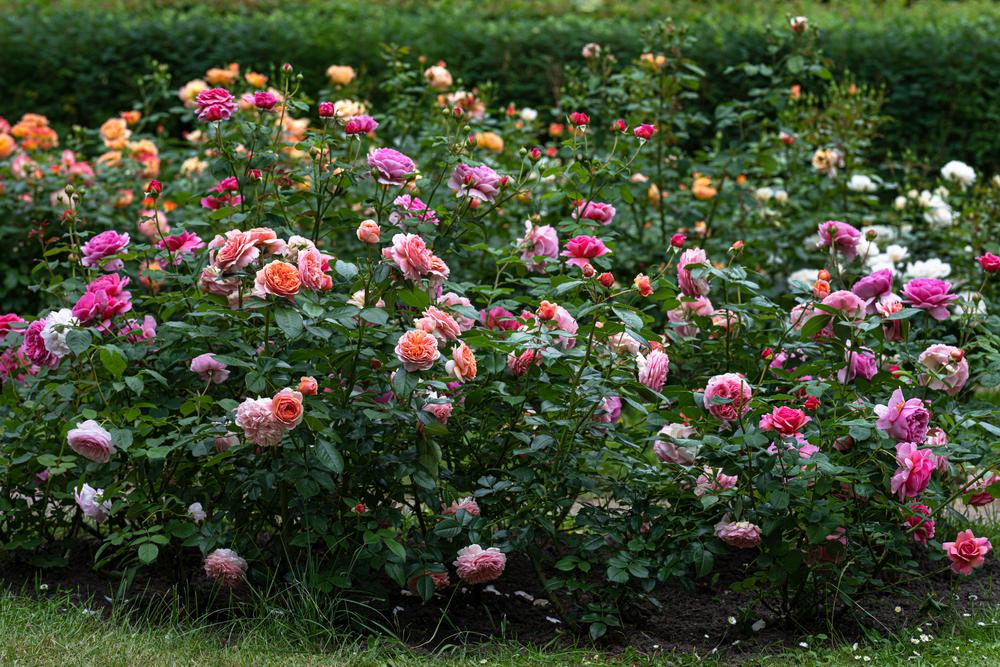
Elegant Evergreens
As the leaves fall, the view of the neighbors becomes more clear—along with their air conditioning units, pool pumps, utility boxes, and other unsightly views. Enter evergreens, which add year-round interest and privacy. They also improve air quality and can help to reduce home heating and cooling bills by acting as a windbreak in the winter and providing shade in the summer.Popular choices include the dignified and low-maintenance arborvitae, as well as boxwood, which trims up so well that it’s often used for topiary, plus privet, yew, holly, cotoneaster, Leyland cypress, and, to achieve a very tropical look, bamboo. Homeowners with deer problems will want to consider planting common boxwood, Japanese pieris, mountain laurel, Eastern red cedar, Chinese juniper, and inkberry.
Most evergreen hedges are hearty to Zone 5 (all but the coldest parts of the continental United States), with some, such as arborvitae, remaining evergreen up to Zone 2 (Canada). Check your USDA Agricultural Zone before planting, as well as the anticipated height and spread of chosen selections.
When planting, resist the temptation to place the plants too close together in hopes of achieving an instant screen. Hedges in particular need to be planted according to their mature size, or there will be significant problems down the road when the plants grow in, run out of room, and start to compete for space and resources.
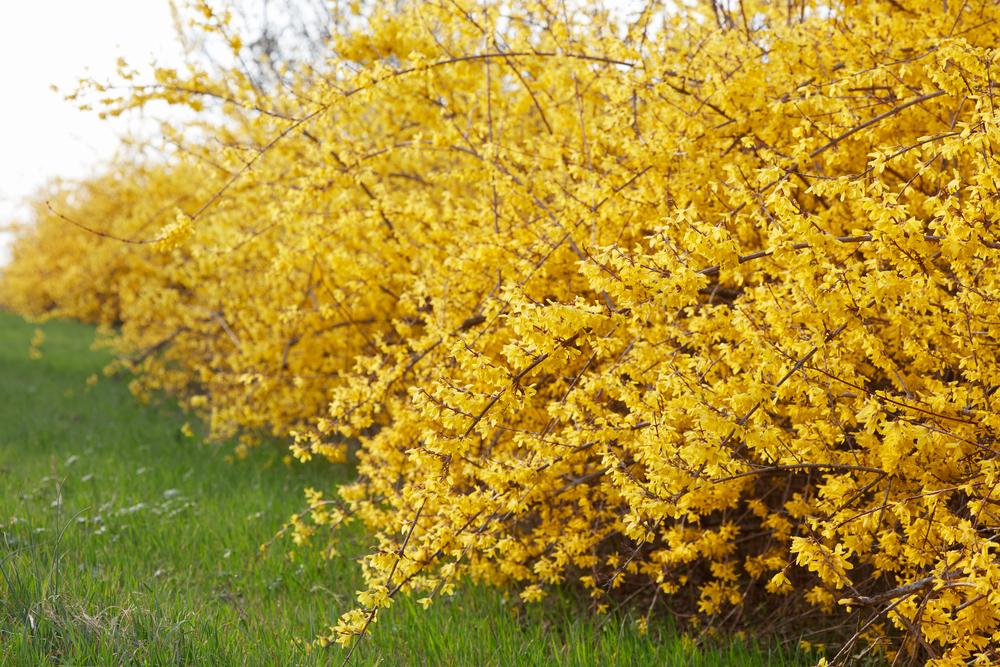
Other Handsome Hedges
A few plants, such as the camellia hedges and encore azaleas, offer the best of both worlds: beautiful blooms and an evergreen nature. Most flowering hedges, however, are deciduous, meaning that they drop their leaves. Still, they work well as a three-season (spring, summer, fall) privacy hedgerow or as a grouped planting.Rose bushes make an excellent privacy screen that offers glamorous spring and summer foliage, scents the yard beautifully, and has thorns to keep out unwanted guests. To be made truly bushy, they should be pruned and shaped the first year. To add more density and depth, plant two rows of rose bushes.
The stunning Rose of Sharon, with its large trumpet-shaped flowers, can grow up to 12 feet tall or can be kept as an attractive 5- to 7-foot-tall hedge. Trim it regularly to maintain a formal shape.
Forsythia hedges are known for their delightful yellow spring flowers that arrive before the leaves, while hydrangeas, with many species and flower shapes (from globular to cone-shaped) to choose from, can be easily shaped into a hedge that fills the garden with color and fragrance.
Before planting a blooming hedge, check your agricultural zone, the location of the hedge (will it get lots of sun, shade, or both), and what type of soil you have (and its pH), and then consider how often the plants will need to be watered. In this regard, flowering specimens are much more demanding than their evergreen counterparts.
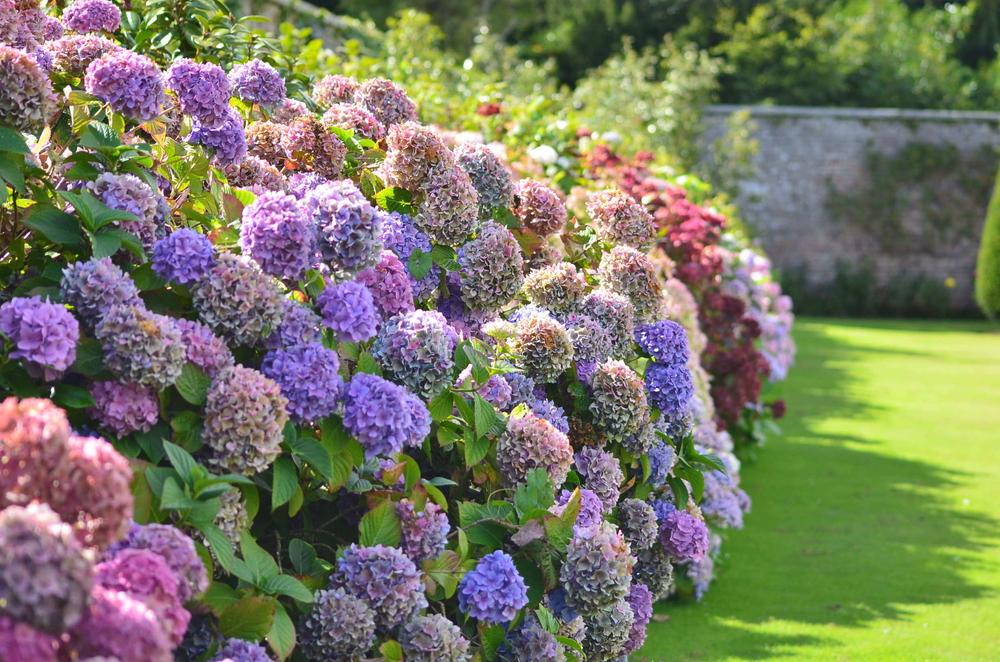
Vivacious Variety
A large screen consisting of a single type of plant can make a sophisticated statement, but if the wrong plant is chosen (a good example is yew that does not like wet feet, planted in an area of questionable drainage and heavy rains), or disease happens, the entire hedge can be lost. A safer, yet more complex option, and one that should definitely be sketched out first, is to layer plants of different heights and forms. Or consider free software such as Garden Puzzle to see the final design before the first plant is ordered.One huge benefit of this type of screening design—called a mixed border—is that it is easier to repair if a plant or a group of plants are lost. Happily, this variety can be kept neat and tidy by simply using larger plants as the backdrop, with medium-height plants in front of them.
For an even more natural look, use the cluster method and plant shrubs in groups of three, five, seven, or higher numbers. Alternatively, rows can be staggered, or if one is up to the creative challenge, two or three rows can be planted in a zigzagging pattern, with low-maintenance ornamental grasses and groundcovers as edging that reduces lawn maintenance.

